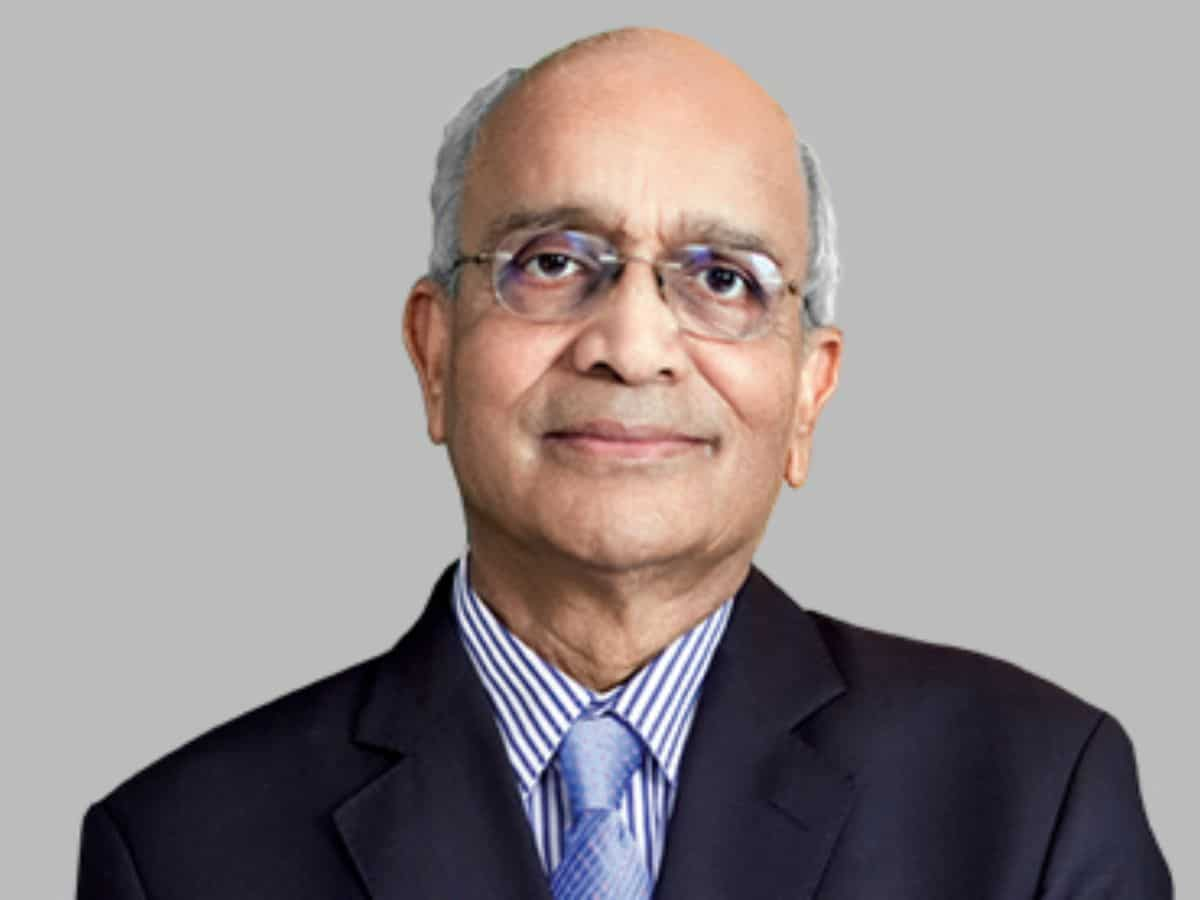The carbon footprint of electric cars in India would be significantly larger than that of hybrid cars due to the country’s heavy reliance on coal for electricity generation, according to R.C. Bhargava, the Chairman of Maruti Suzuki Ltd. He made these remarks during the 50th National Management Convention organized by the All India Management Association (AIMA). Bhargava emphasized that electric cars will only be considered clean once India obtains at least 50 percent of its electricity from renewable sources. Until then, he believes that hybrid cars and even compressed natural gas (CNG) vehicles are cleaner alternatives. Bhargava suggested that India should explore other options such as ethanol, hydrogen, and fuel cell technologies rather than solely focusing on electric cars.
Bhargava also discussed Maruti’s entry into the electric car market. He mentioned that although Maruti had previously developed an electric version of their Wagon R model, the costs associated with it were too high. However, Maruti plans to introduce larger electric models to the market that may offer more feasibility. Despite this, Bhargava predicts that even with six electric models, electric cars will only make up 15 to 20 percent of Maruti’s sales. He noted that currently, electric cars only constitute 2 percent of the Indian car market.
Regarding Maruti’s decision to stop producing diesel cars, Bhargava clarified that the government is not prohibiting anyone from manufacturing diesel cars. Instead, the costs of complying with Corporate Average Fuel Economy (CAFE) standards would make diesel cars excessively expensive. Bhargava also addressed the shift in the mass market from small hatchbacks to SUVs. He recognized that while the overall market hasn’t completely shifted, the small car segment is no longer experiencing growth. As a result, the growth rate of the Indian car market has decreased to around 5 percent per year, as opposed to the previous 8 percent.
Bhargava discussed various issues in the automotive supply chain, including the current semiconductor shortage. He mentioned the lack of production constraints due to this shortage. However, he expressed concern about India’s heavy reliance on imported electronics for cars. Bhargava emphasized the need for more domestic component manufacturers to support India’s auto industry and global supply chains.
Bhargava remained optimistic about the future growth of India’s car market and highlighted the country’s unique potential in comparison to other major markets such as the US, Japan, and China. He acknowledged that the Indian market has been highly competitive over the past 15 to 20 years and expects it to become even more competitive as global car manufacturers see opportunities in India’s evolving car technology and regulations. To maintain a significant share of the Indian car market, Bhargava stated that Maruti will continue offering the best technology, reliability, and after-sale service.
Bhargava also addressed the stagnant growth of the Indian manufacturing sector despite improvements in ease of business and production-linked investment schemes. He attributed this stagnation to state government bureaucracies still clinging to outdated licensing and control mindsets. He also criticized entrepreneurs for prioritizing personal wealth accumulation over company growth. Bhargava emphasized the importance of valuing time, highlighting the lack of time efficiency in state bureaucracies. He argued that blaming labor laws alone is insufficient; there are other factors at play.
Bhargava recognized India’s limited success in benefiting from the “China plus one” strategy adopted by global companies seeking alternative manufacturing options. He noted that India is not the sole option for companies and many are choosing to invest in Vietnam. Regarding safety regulations like Bharat New Car Assessment Programme (NCAP), Bhargava mentioned the difficulties in reducing accidents and fatalities on Indian roads as long as obtaining a driving license remains relatively simple without stringent testing. He also criticized the absence of mandatory vehicle fitness certification for cars and scooters, a contributing factor to road accidents involving two-wheeler riders and pedestrians.
In conclusion, Bhargava remains confident about the future growth of India’s car industry, despite the expensive transition to new technology and regulations. He expects the growth rate to remain around 5 percent for the next decade, given no unexpected economic shocks. The session was also livestreamed on AIMA’s social media channels.
Denial of responsibility! Vigour Times is an automatic aggregator of Global media. In each content, the hyperlink to the primary source is specified. All trademarks belong to their rightful owners, and all materials to their authors. For any complaint, please reach us at – [email protected]. We will take necessary action within 24 hours.


